Kangaroo Island’s wildflowers
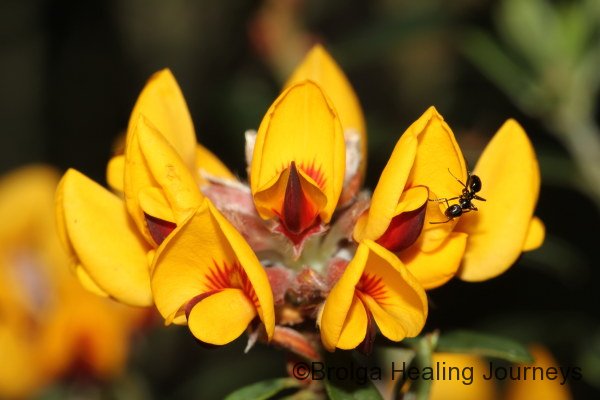
One of the many joys of living on Kangaroo Island, and in particular on its western end, is to witness the delightful annual display of wildflowers. From late winter onwards, as the days grow longer and warmer, the heath-land and forests burst into colour. The greatest variety of flowers obviously occurs in the Spring, but there are in fact some native plants in flower on the island all year round.
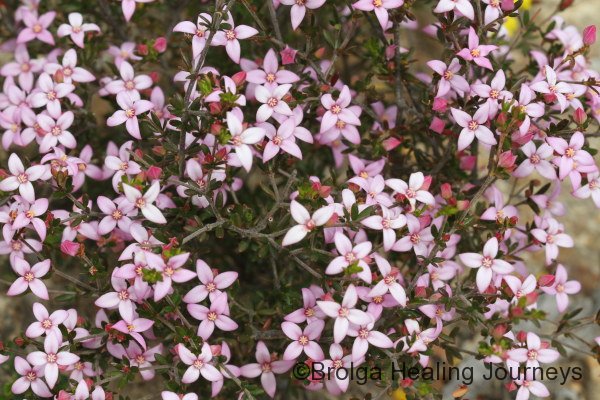
We are fortunate to live on a property with over 200 acres of native bushland, featuring a variety of habitats – damp creek-lines, mallee-heath growing on ironstone (laterite) soils, and old-growth Sugar Gum and Stringybark forest. As a result we have a wide range of vegetation; some large, some tiny, much in between. Upon first venturing into our bush, we discovered that many of our plants are prickly, even the ones that look soft and welcoming! We also found, to our amazement, that most of them burst into bloom at one time or another.
Kangaroo Island has been separated from the Australian mainland for around 10000 years, allowing many unique species, and sub-species to evolve. There are also species and sub-species found uniquely on the western end of the island, where we live. It is quite a thrill to discover a flower unique to this small area growing in our ‘backyard’.
Kangaroo Island has poor soils, like most of Australia, but native plants have evolved to thrive in these. It is interesting to see so many exotic plants (including in our vegetable garden) struggle to survive when surrounded by many healthy native plants.
The island has a Mediterranean climate strongly influenced by its position in the Southern Ocean. Winters are wet and cool, while summer months are generally hot and dry. It can be quite breezy all year round. Generally, conditions are milder overall when compared with adjacent mainland areas. The western end of KI, where we live, usually receives higher rainfall and stronger winds than the eastern end of the island.
The absence of rabbits from Kangaroo Island has saved local plants from the devastation experienced on the mainland. The feral goat population has been largely eradicated, another plus for local vegetation.
There is a feral pig population, unfortunately well entrenched upon KI, that has a detrimental effect on vegetation. It is believed pigs were first released here by French explorers in the early 1800s. Whilst the pigs cause mainly localized damage around creek lines, they are also believed to spread the deadly Phytophthera cinnamomi (Cinnamon fungus – although it is in fact a water mould). Phytophthera lives in the soil and attacks the roots and stems of plants, preventing them from absorbing water and nutrients. Unfortunately, Phytophthera is present on our property and in this region of KI. Whilst it affects many plant species, the most visibly affected are the banksias, conebushes and xanthorrhoea (grass-trees). If you are visiting KI, there is plenty of information that will help you to stop the spread of this insidious pest.
I have separated the following photographs into broad categories. I have also tried wherever possible to name the species (or least the genus), but I have doubtless made a number of errors. To help identify species, I relied heavily on Ann Prescott’s wonderful book “It’s Blue With Five Petals – Kangaroo Island Field Guide” and on Bev and Dean Overton’s lovely “Discover Kangaroo Island’s Native Plants”. Even with these texts, at times I found the task of separating the many yellow-coloured pea flowers beyond me. Let’s not even talk about the Eucalypts or Hibbertias! Most of the photographs were taken on our property, some on the adjacent Flinders Chase National Park, and a few further afield; I have identified where.
Enjoy the photos, and better still, come explore Kangaroo Island and experience our beautiful flowers were they are best seen – in the wild.
EUCALYPTS
Our Eucalypts, or gum trees, include the largest plants on Kangaroo Island. I have postiviely identified a number of species on our property – the Brown Stringybark, Messmate Stringybark, Cup Gum, Sugar Gum and the KI Mallee-Ash – though I am certain there are more. Eucalypt species are notoriously difficult to separate, so as a novice I don’t hold out a lot of hope. Nonetheless, I have captured a number of photographs of their flowers, even if I don’t know the species!
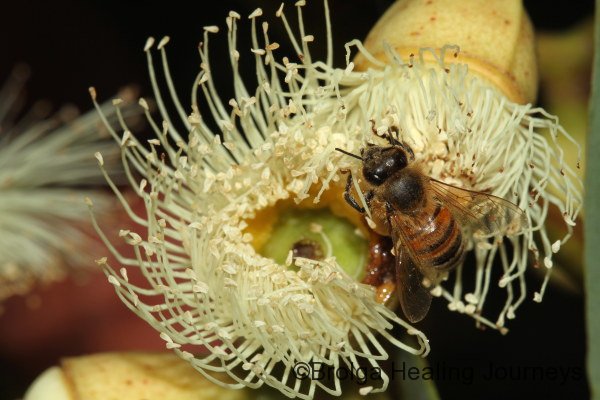
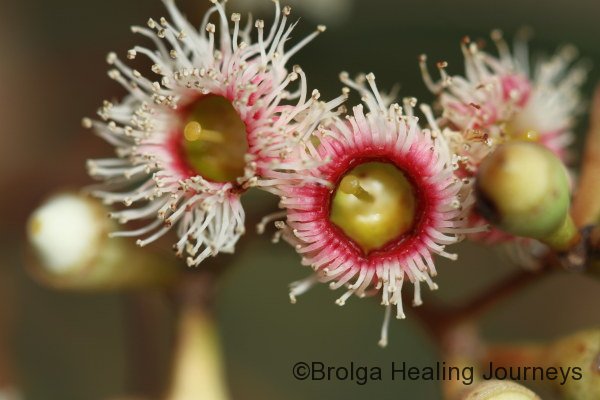
BANKSIA, HAKEAS, GREVILLEAS & BULL OAKS
I have grouped these native plants together, which form roughly the next size down in the understory. All are hardy natives with delicate-looking flowers. Out two banksia species – the Silver Banksia and the Desert Banksia - bloom all year round, ensuring there is always colour in the bush.
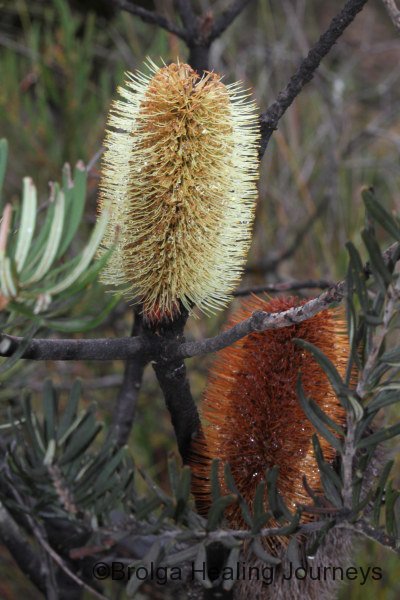
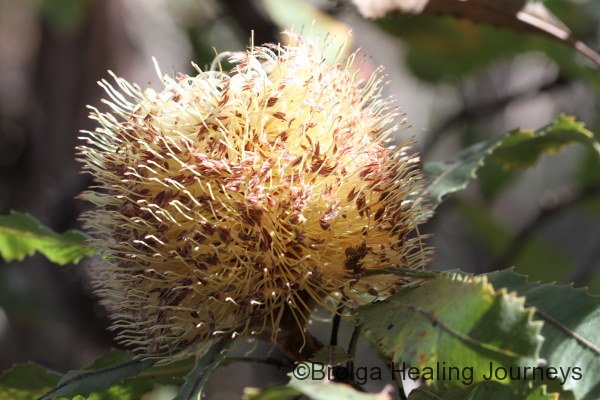
The Enigma Hakea (Hakea aenigma) is a rare species found only on our western end of the island. Its name relates to the fact that its pollen is sterile, and its means of reproduction was uncertain for a long time. It is now known that it spreads by suckering alone. Sterile though its pollen may be, it has a gorgeous flower. Nirbeeja and I were involved with our local Friends of Parks group in mapping populations of this hakea in Flinders Chase National Park.
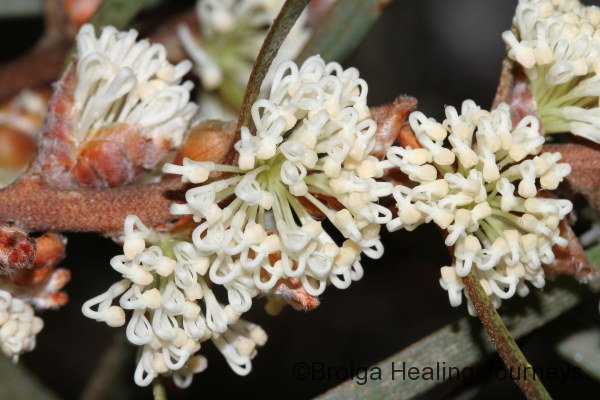
The Five Veined Grevillea is another plant found only on western KI. It has a beautiful flower with a delightfully sweet perfume. The lpant is reasonably common across our property.
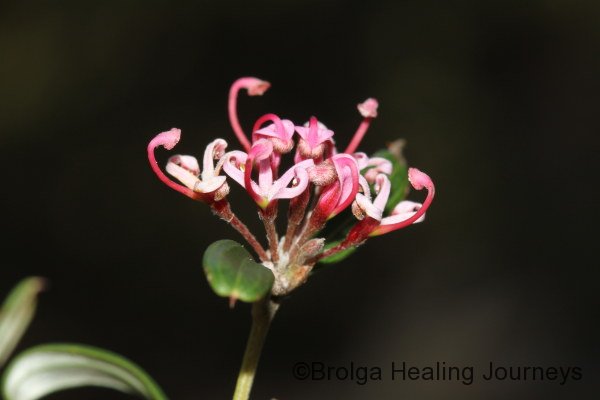

There are other lovely flowers in this grouping, including Rogers Spider Flower, another plant only found on KI.
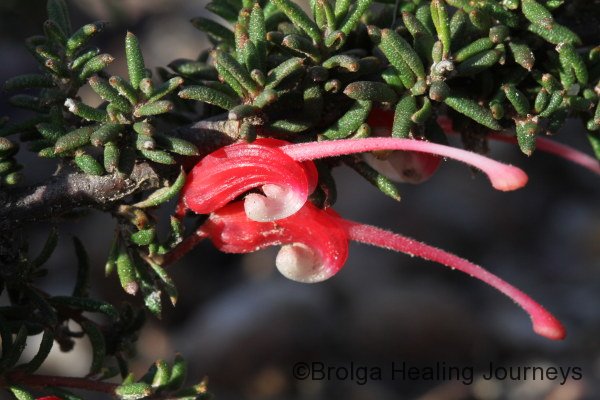
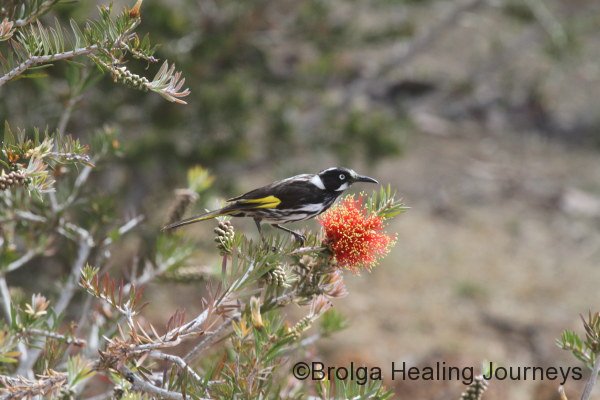
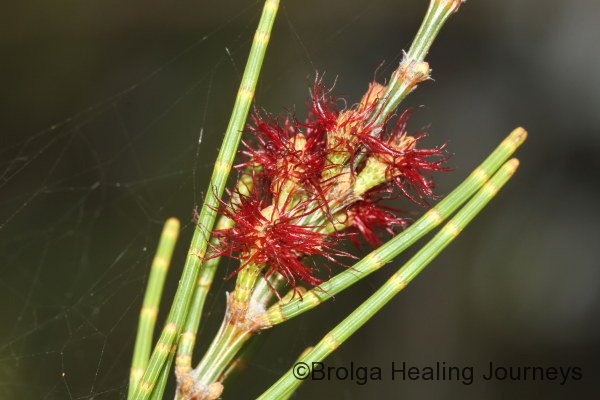
WATTLE
No blog on Australian wildflowers would be complete without some photographs of wattle. The wattle is our national floral emblem after all. Commonplace though they may be, nothing stirs the heart of this Aussie quite like the sight of those beautiful, glowing golden globes.
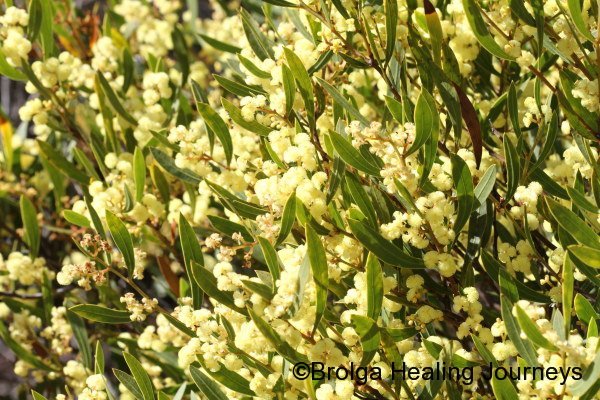
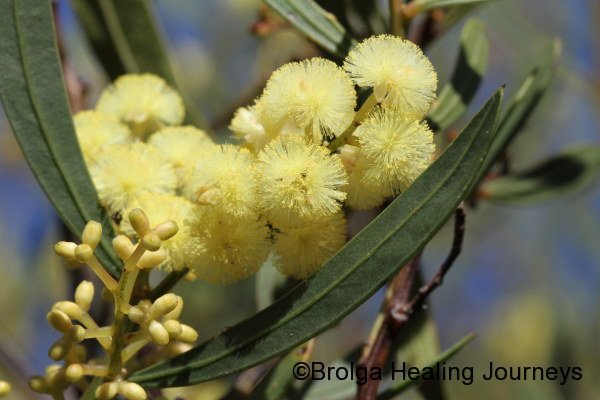
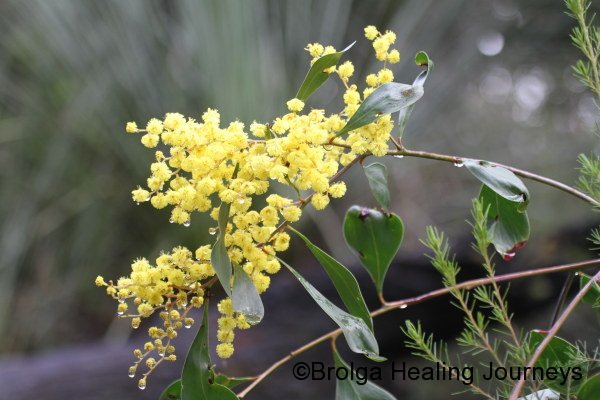
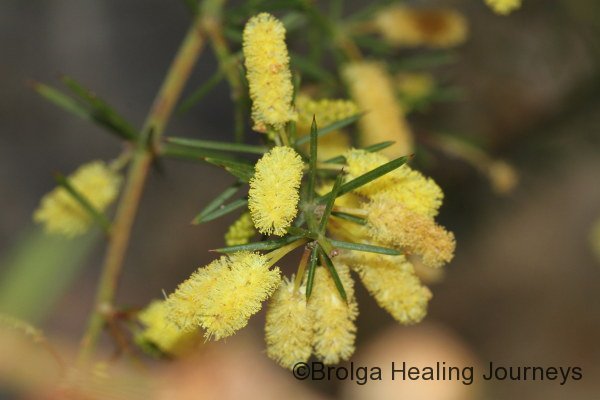
NATIVE PEA FLOWERS
I am reasonably confident that I have identified fourteen separate species of native pea so far in the area. The task of separating species is pretty tricky; most Bush Peas feature a variation on the yellow flower and are determined by way of their foliage, while the Parrot Peas and others have red/orange/pink flowers that are similar.
Anyway, enjoy the photos!
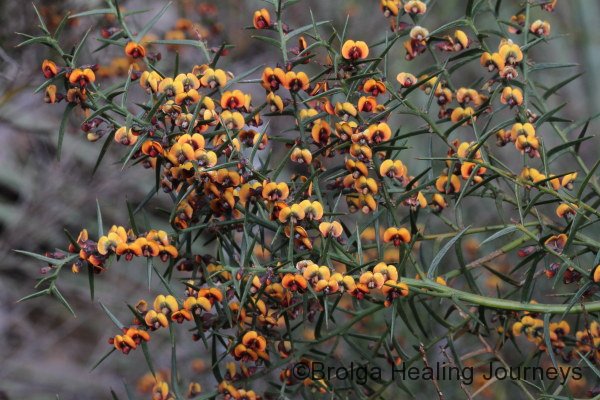
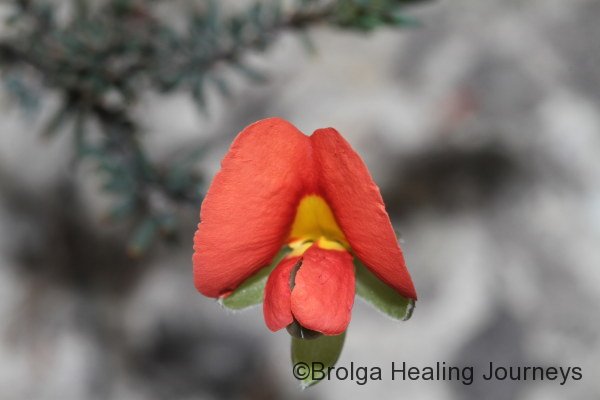
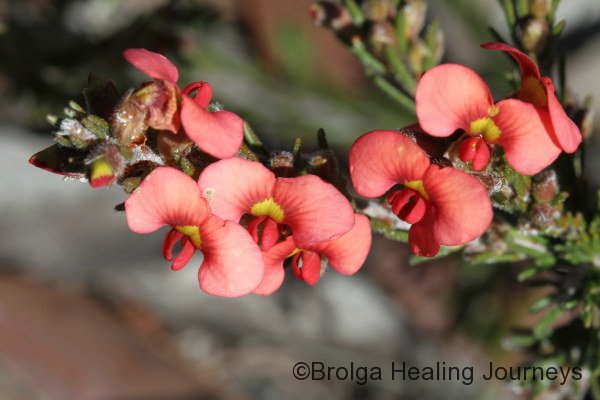
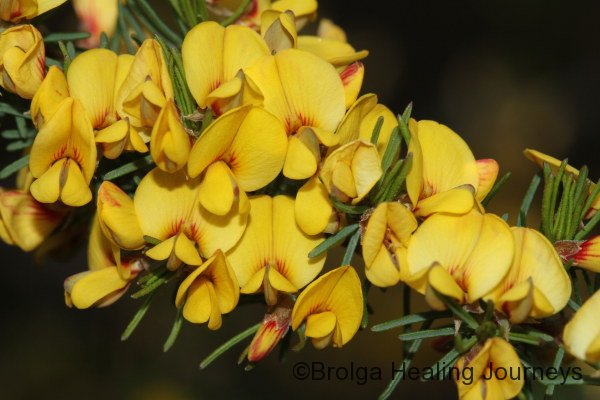
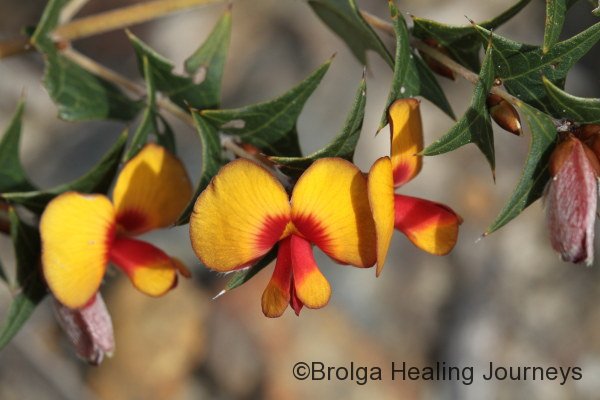
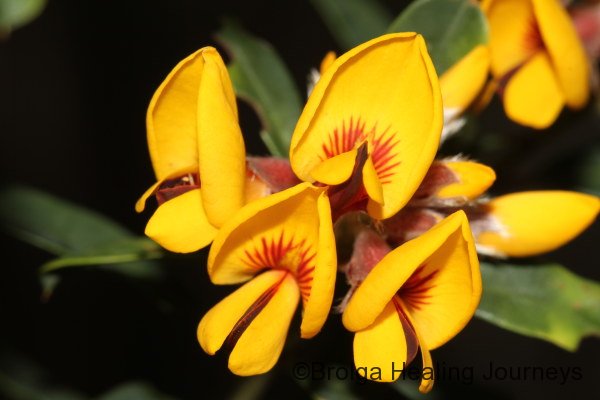
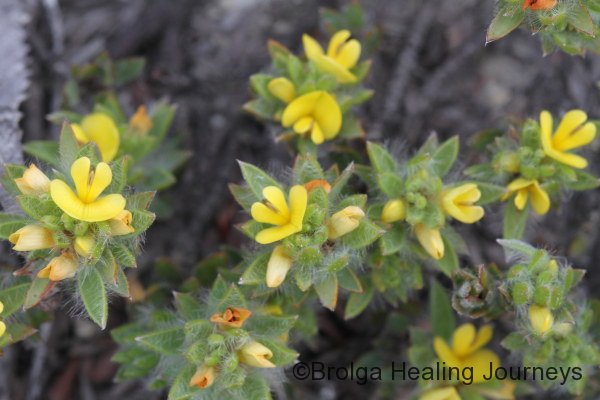

ORCHIDS
Kangaroo Island has 81 recorded native orchid species and 1 weed orchid. It damp forest areas are idea habitat for orchids. I have barely touched the surface of the orchid population, so to speak, but will add new photos as they come.
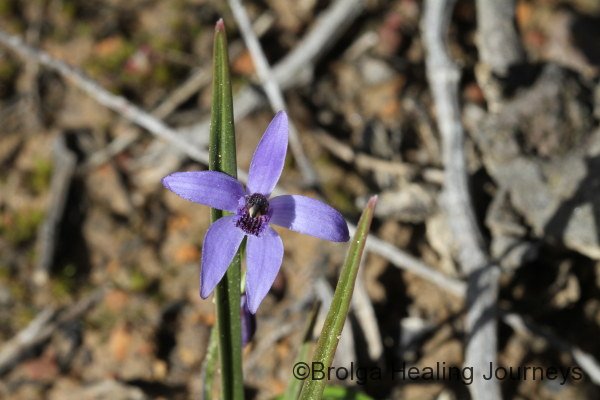


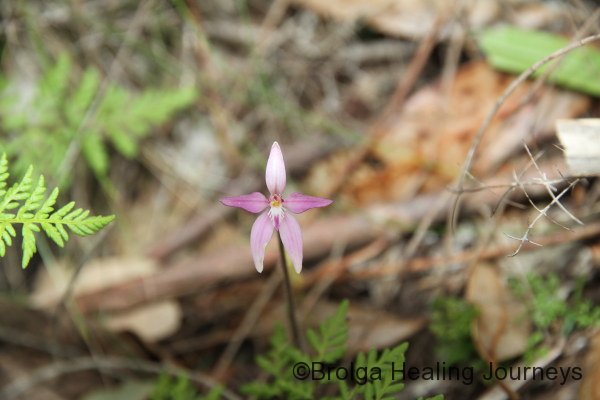

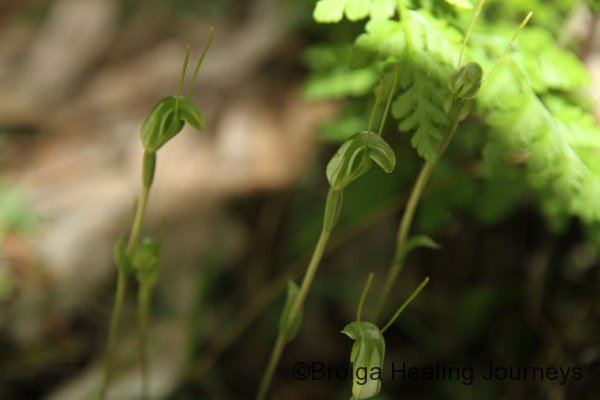
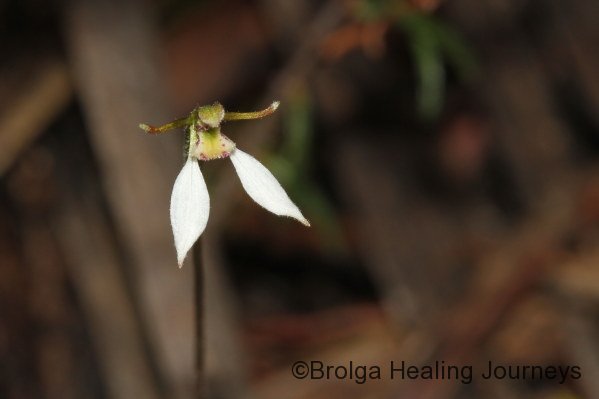
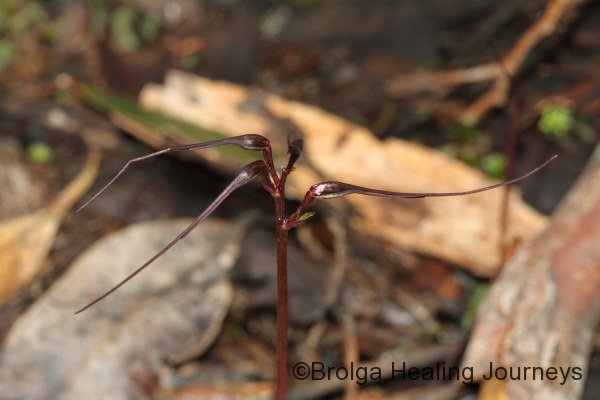

EVERYTHING ELSE
Aside from the many images above, there remains an extraordinary range of wildflowers on Kangaroo Island. Some plants, such as the Riceflower and the Tea Tree, grow to above head-high, while other plants are tiny, and the wonderful intricacy of flowers such as the Shrub Violet, Rosy Baeckea and the Bearded Heath only becomes apparent under the magnification of a macro-lens. Enjoy them!
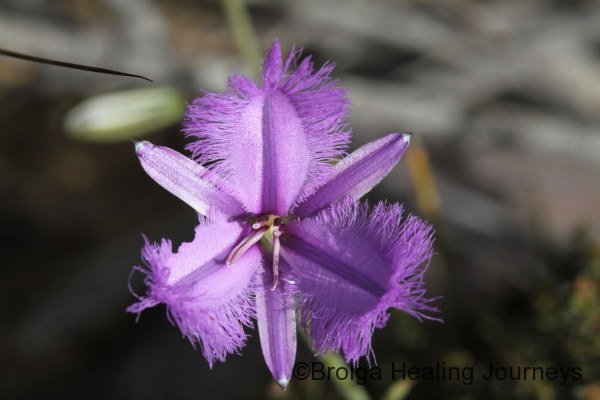
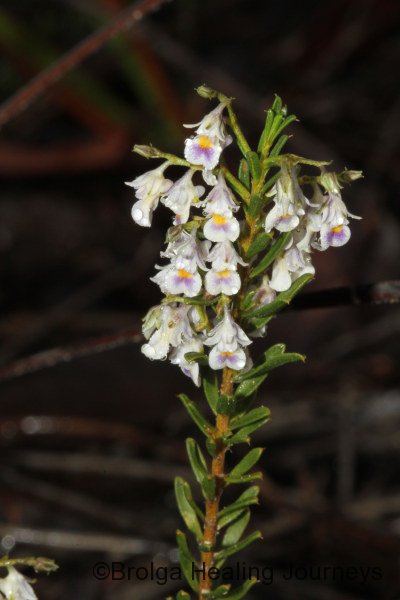
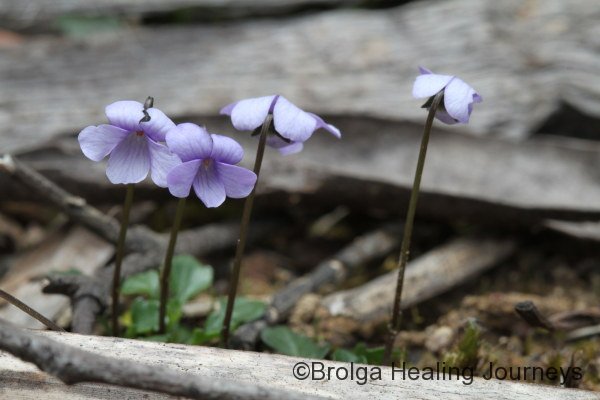
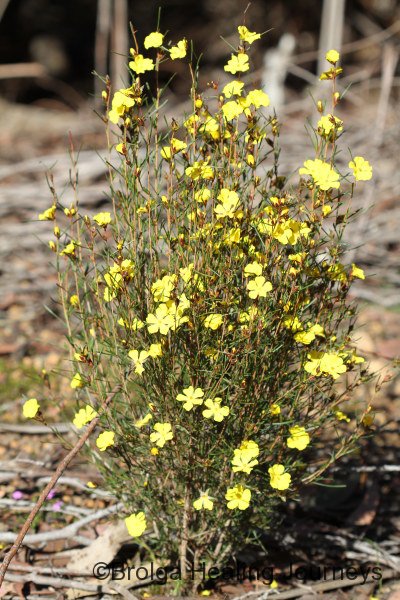
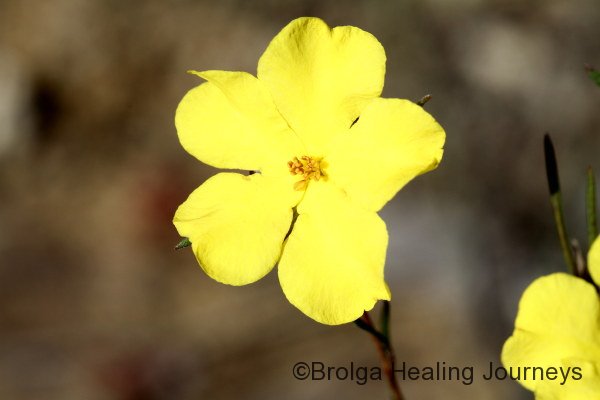
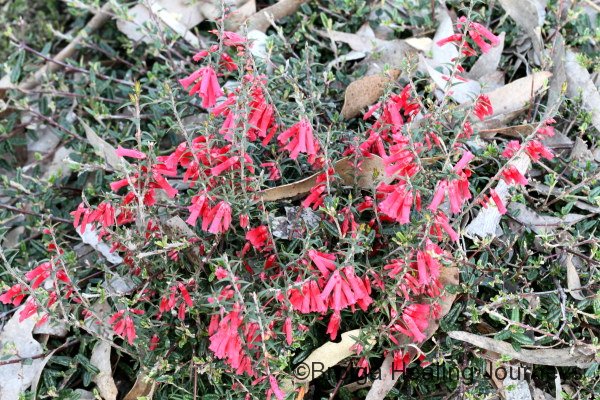

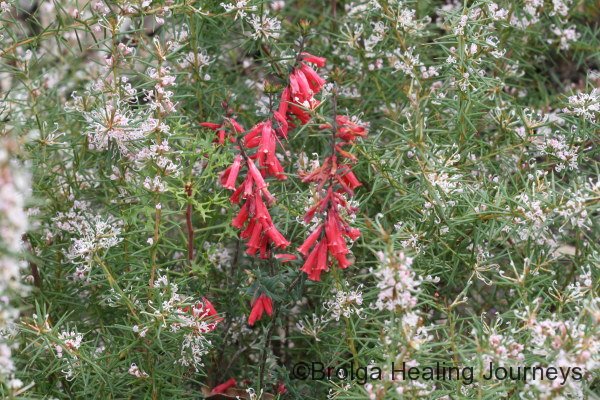
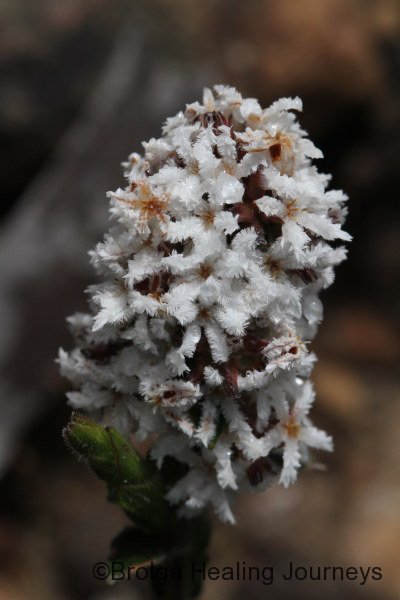

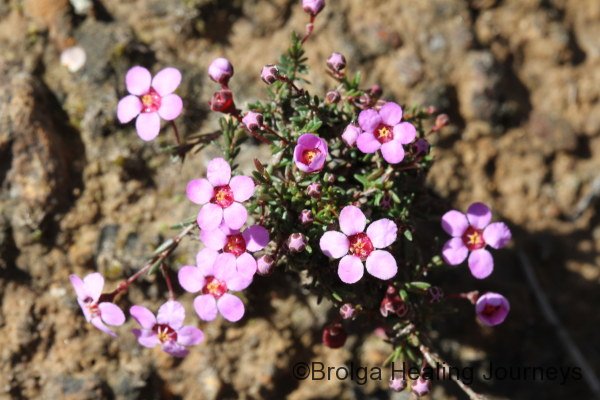
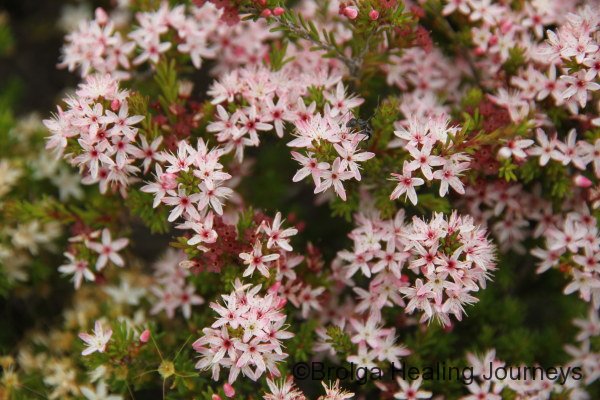
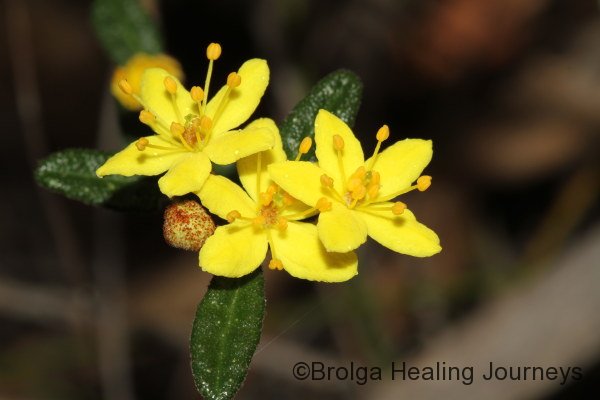
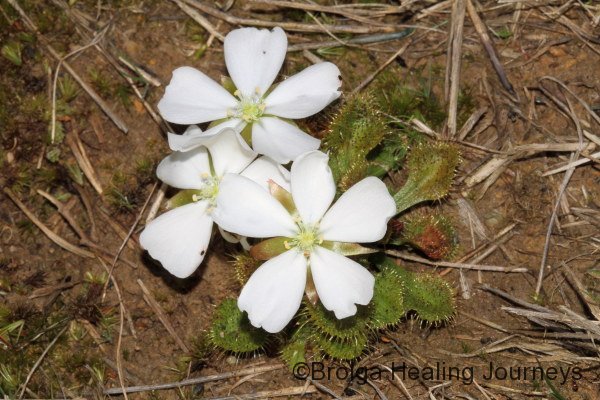
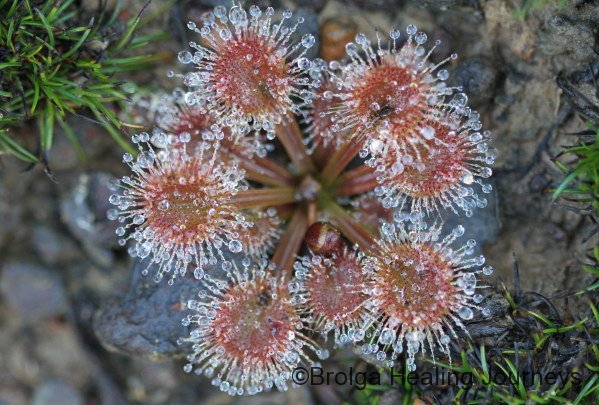
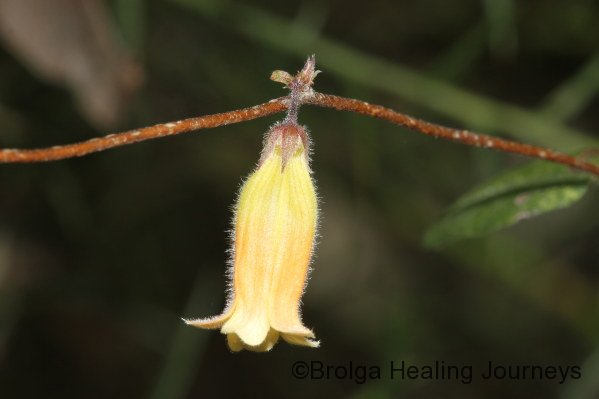
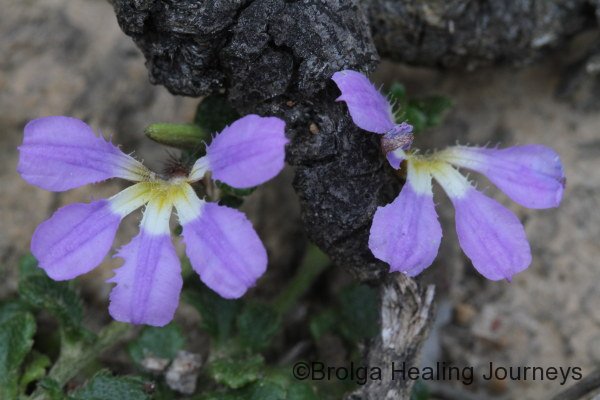
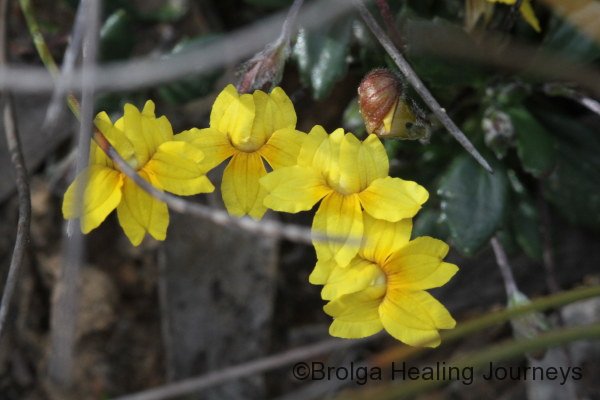
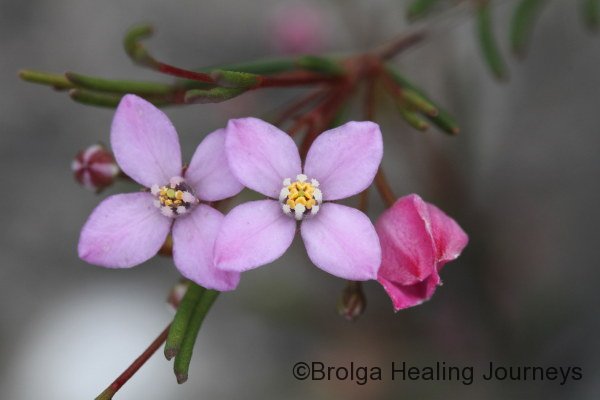
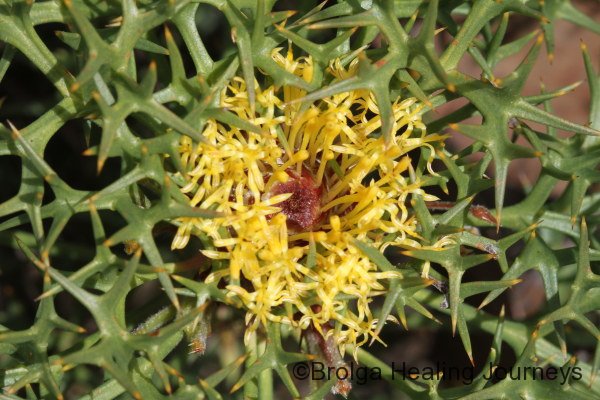
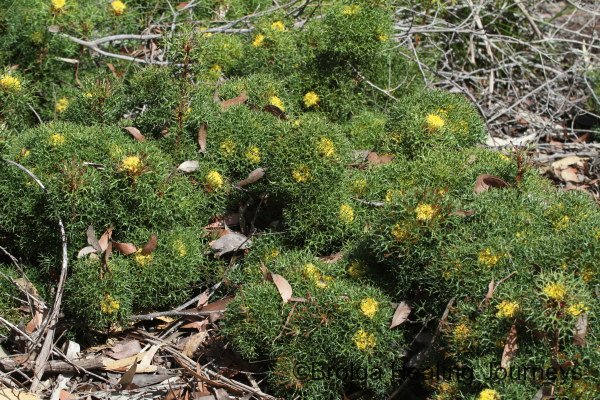
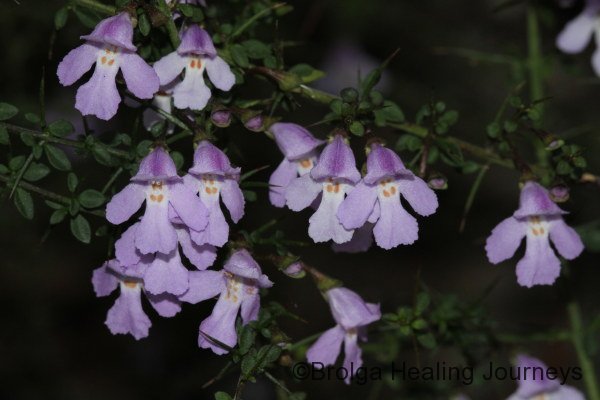
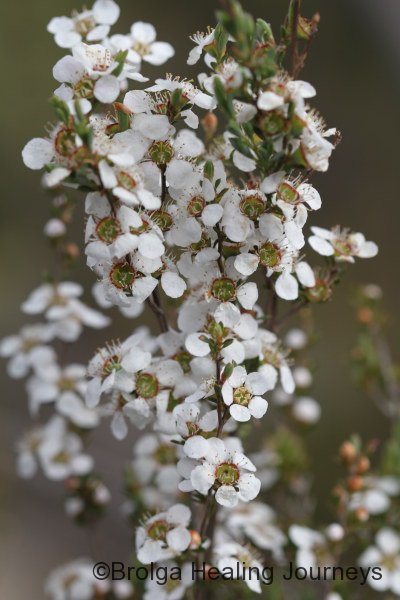
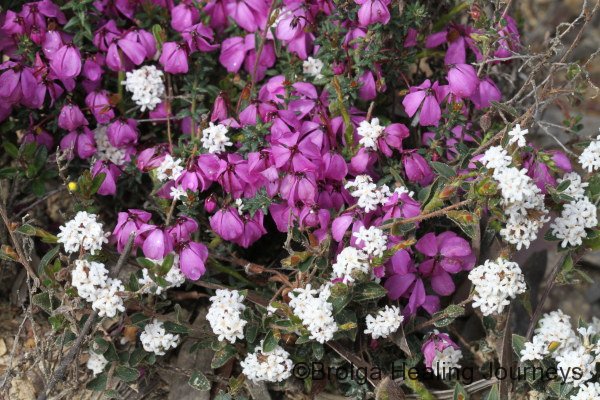
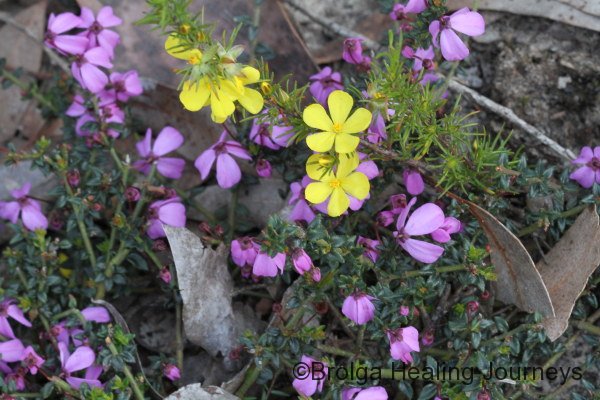
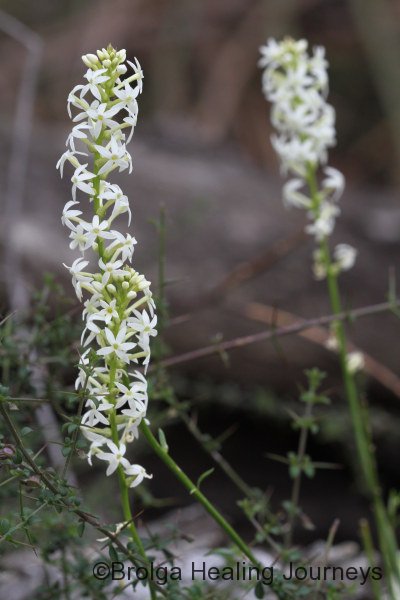
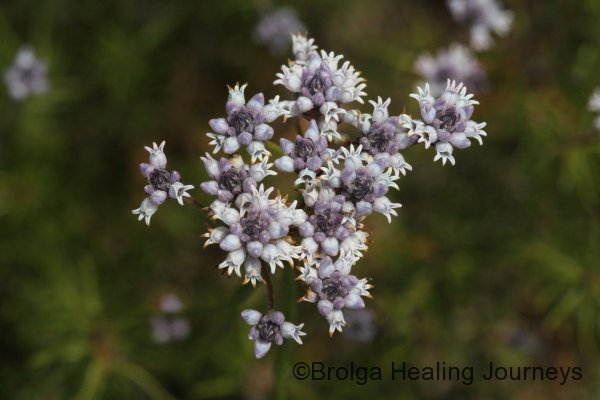
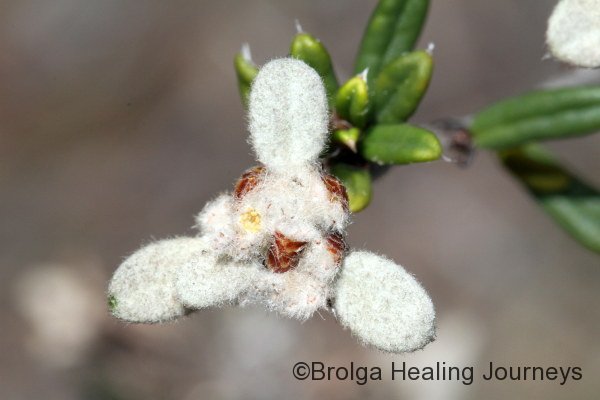
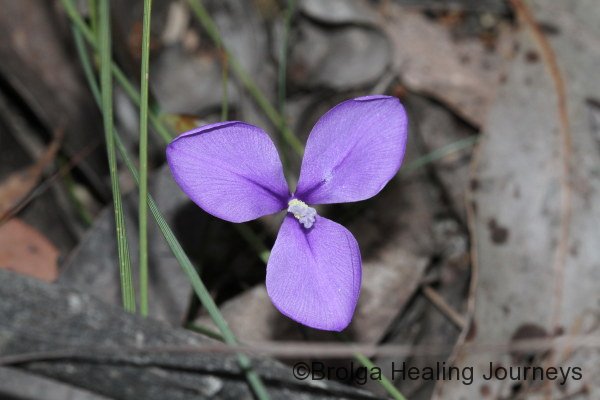
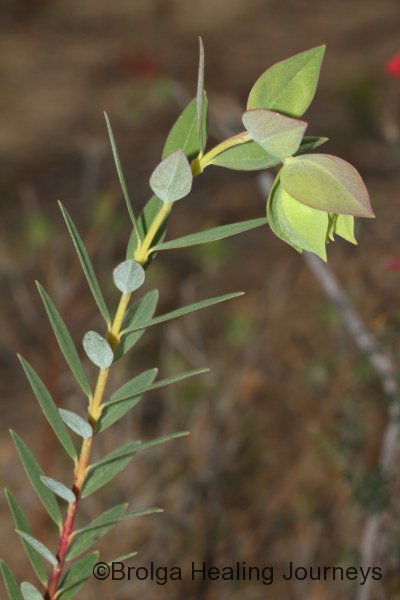
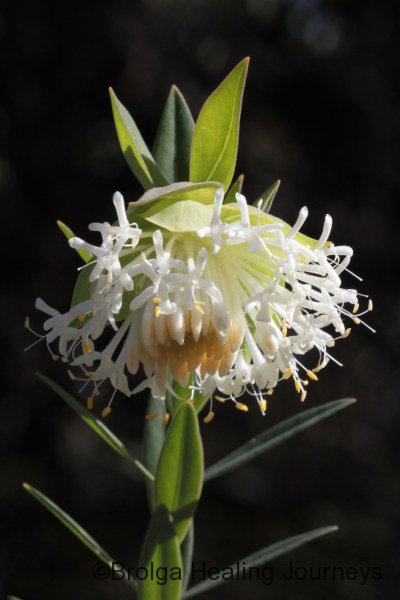
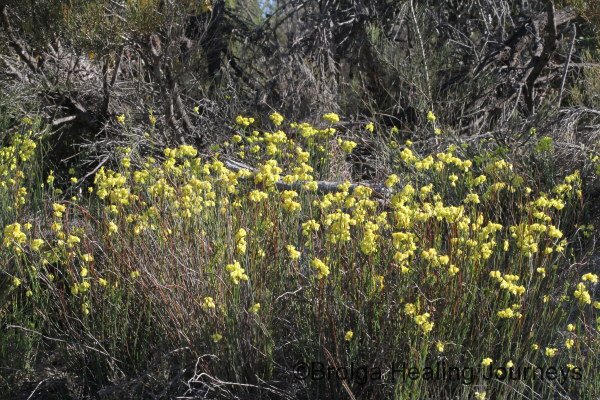
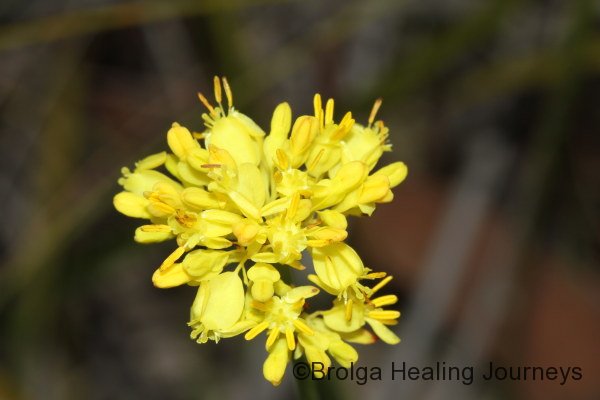
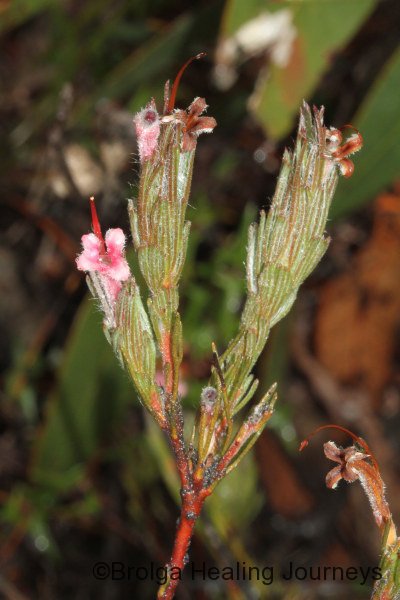


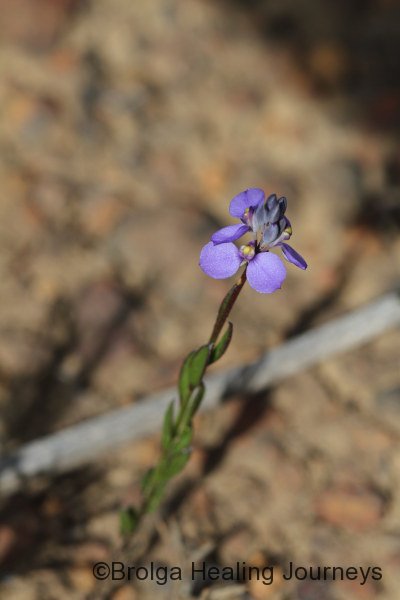
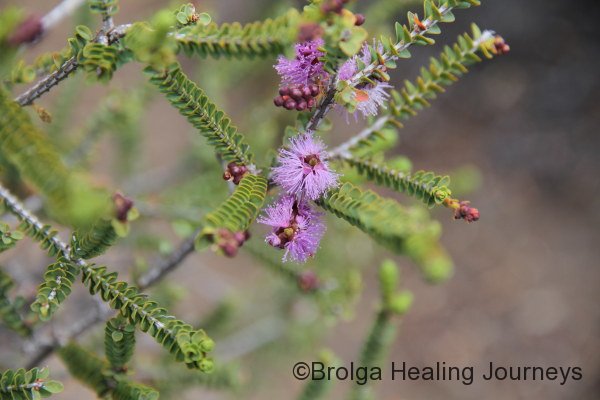
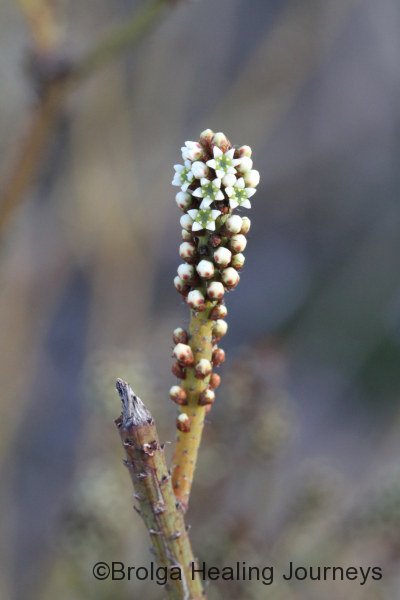
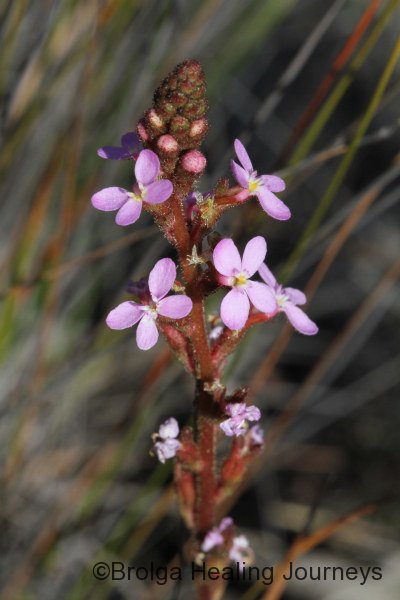

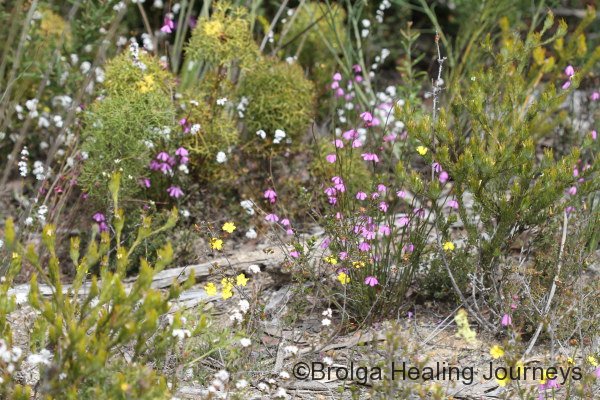
Believe it or not, I haven’t shown all the images above. For anyone especially keen, the following thumbnails contain many other photographs of our local wildflowers.
Till next time.
Peter
17 August 2013
































































































































































































































